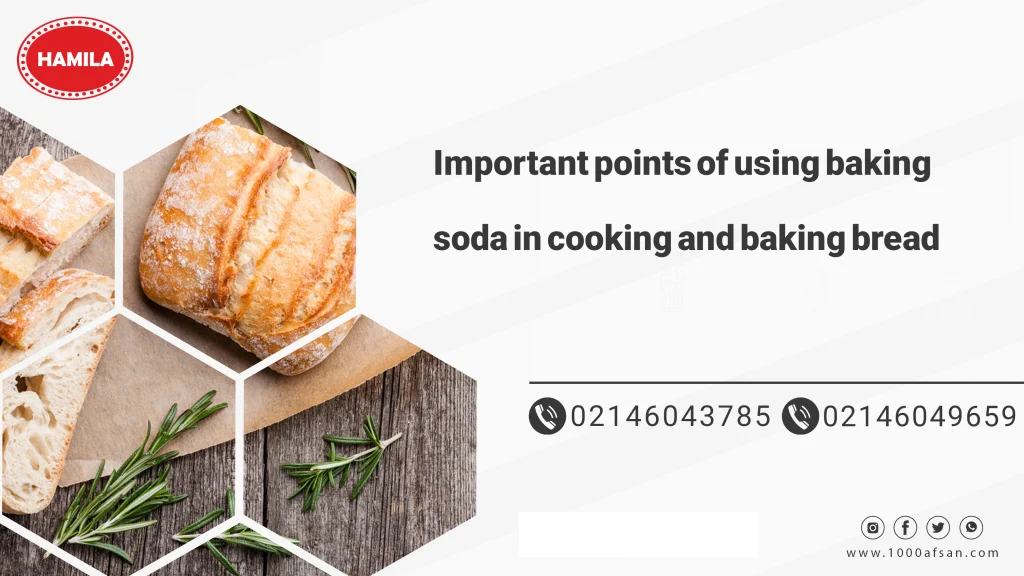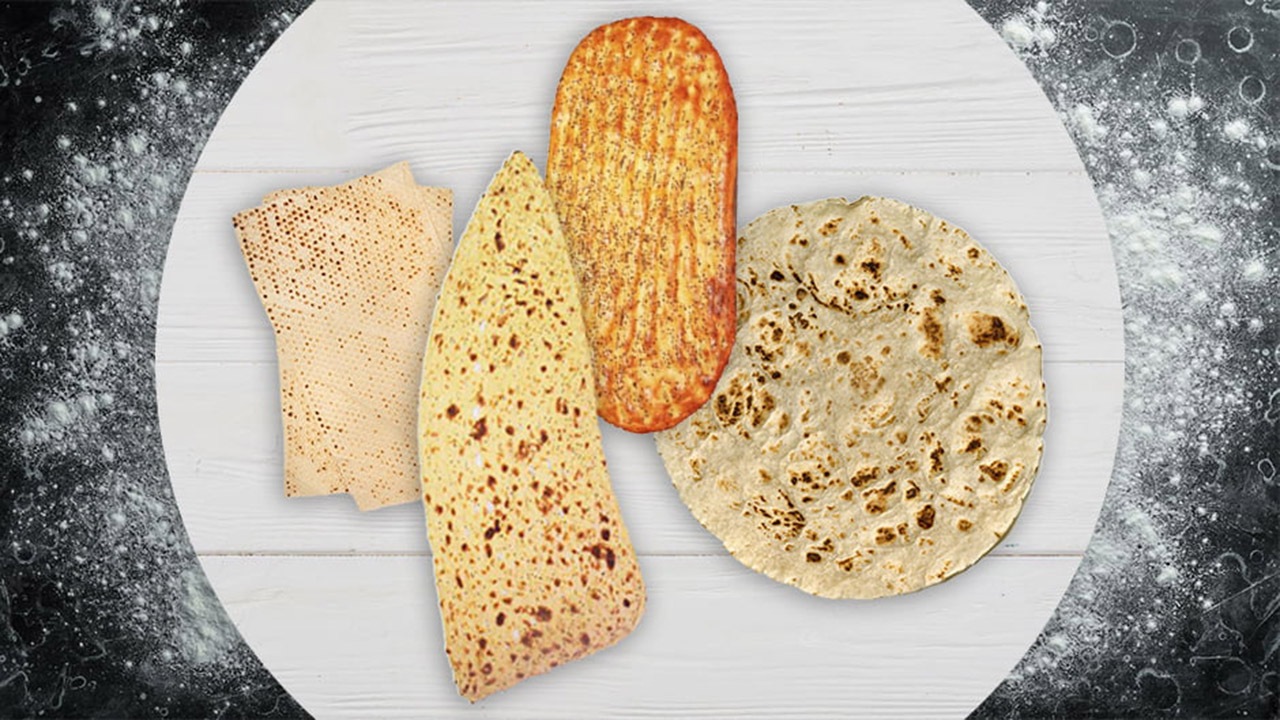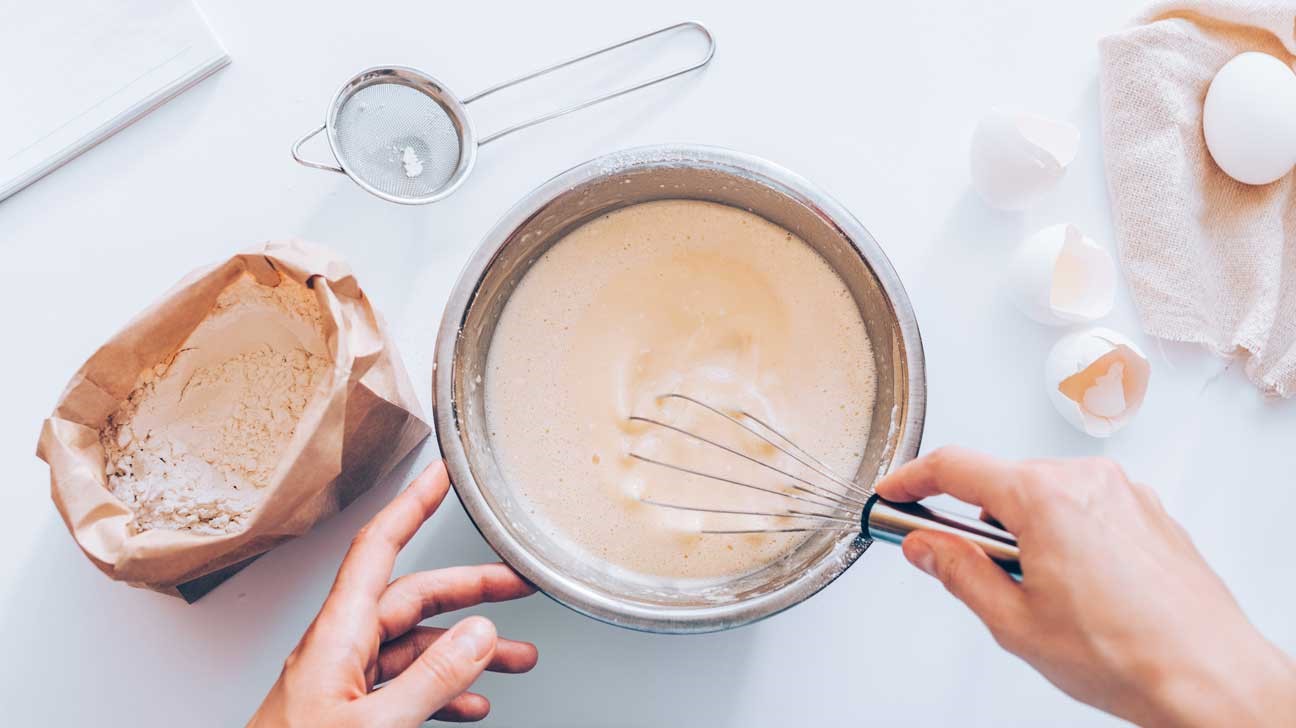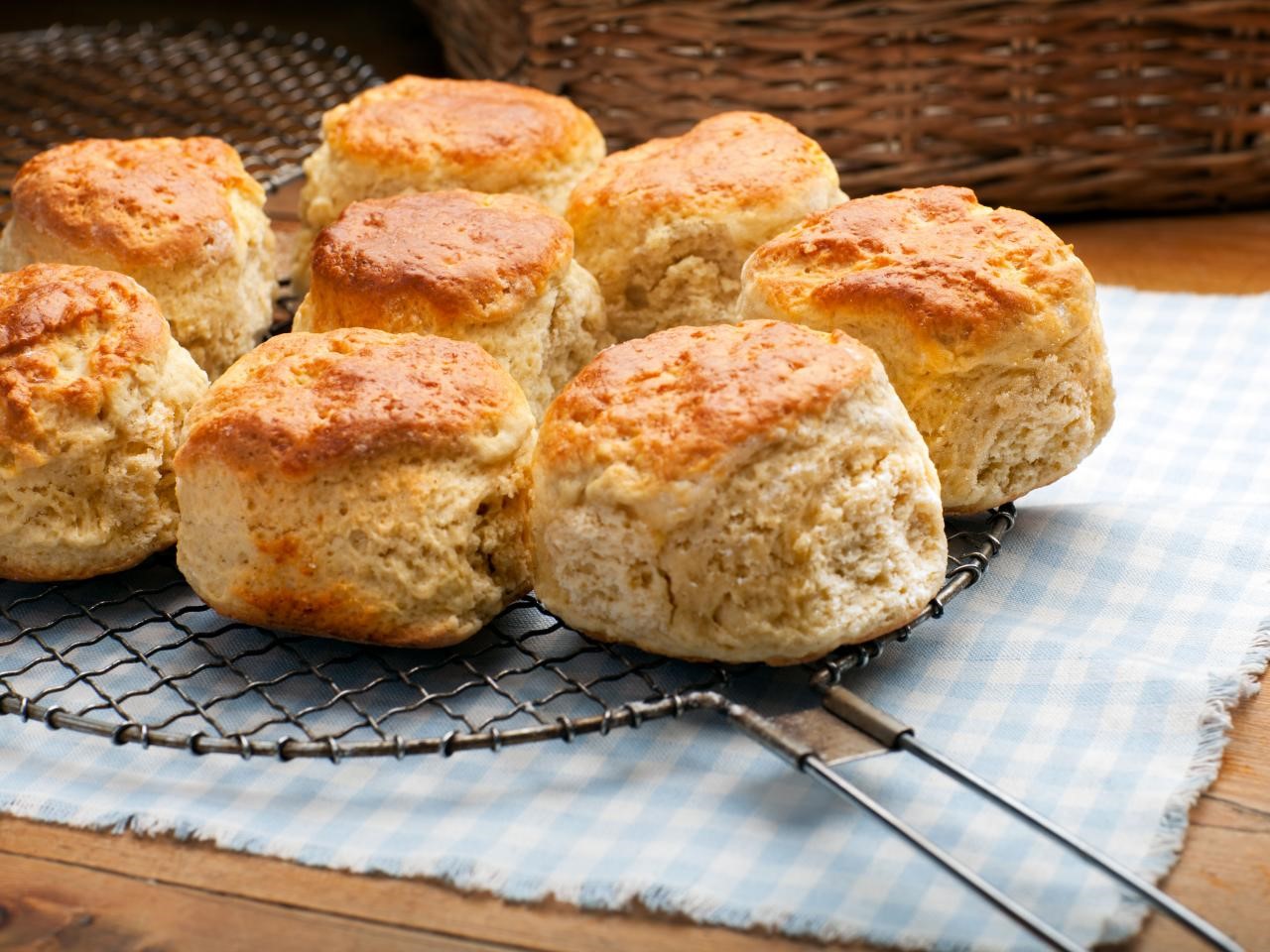Important points of using baking soda in cooking and baking bread

Important points of using baking soda in cooking and baking bread
Baking soda in cooking and baking bread
Baking soda, scientifically known as sodium bicarbonate, is an inexpensive and widely used household ingredient.
The uses of baking soda go beyond cleaning and disinfecting surfaces and it is also known as a useful ingredient in cooking, especially baking bread.
In this article, we will examine the important points of using baking soda in cooking and baking bread.
Using baking soda in baking bread: key points and applications
Baking soda, or sodium bicarbonate, is a cheap and widely used ingredient in cooking, especially baking bread. By reacting with acidic substances, this substance produces carbon dioxide, which causes the dough to bubble and puff up, and ultimately helps to bake a voluminous bread with the desired texture.
Advantages of using baking soda in baking bread:
Using baking soda in baking bread has many advantages, some of which we mention below:
1. Increasing the volume and puffiness of bread:
Baking soda produces carbon dioxide by reacting with acidic ingredients in the dough, such as yogurt, vinegar, or even wholemeal flour. This gas creates bubbles in the dough, which eventually leads to the puffiness and volume of the bread.
2. Create a soft texture:
By neutralizing the acid in the dough, baking soda helps to create a soft and tender texture in the bread.
3. Consolidation of bread color:
Baking soda can slightly darken the color of the bread and give it a more appetizing appearance.
4. The taste of bread:
Baking soda can slightly affect the taste of bread and give it a mild and special taste.
5. Speed of action:
Using baking soda in baking bread, especially instant breads, makes the baking process faster.
6. No need for yeast:
Baking soda can be used instead of yeast in breads that do not use sourdough, such as instant breads or chemical breads.
Important tips for using baking soda in baking bread:
Baking soda, with the scientific name of sodium bicarbonate, is a cheap and widely used ingredient in cooking, especially baking bread. By reacting with acidic substances, this substance produces carbon dioxide, which causes the dough to bubble and puff up, and ultimately leads to the baking of voluminous and delicious bread.
1. The right amount:
Excessive use of baking soda can give bread an unpleasant metallic taste and ruin its texture.
Generally, about ⅛ teaspoon of baking soda is enough for every cup of flour.
2. Activate baking soda:
Baking soda requires an acidic substance such as yogurt, vinegar, lemon juice, or even wholemeal flour to activate.
If using yogurt or vinegar, add it to the batter along with the wet ingredients.
If you use wholemeal flour, there is no need to add a separate acidifying agent.
3. Time of use:
Baking soda should be added to the dough at the end of the work.
Because if it is added earlier, the gas will disappear before baking the bread.
4. Type of bread:
Baking soda is suitable for breads that do not use sourdough, such as instant breads or chemical breads.
5. Alternatives:
If you don’t want to use baking soda, you can use baking powder instead.
Note that the amount of baking powder needed may be slightly more than baking soda.
6. Precautions:
Avoid direct consumption of baking soda.
Keep baking soda out of reach of children.
If you have certain medical conditions such as high blood pressure or kidney disease, consult your doctor before using baking soda.
Additional notes:
To make sure you’re using the right amount of baking soda, refer to your bread recipe.
If you are not satisfied with the taste of baking soda in your bread, you can reduce the amount.
Baking soda can be used in place of baking powder in some recipes, but keep in mind that baking powder is less powerful than baking soda.
Baking soda can be stored in the refrigerator, but it is better to keep it in a closed container away from moisture.
Using baking soda in cooking: beyond baking bread!
Baking soda, scientifically known as sodium bicarbonate, is an inexpensive and widely used household ingredient.
The uses of baking soda go beyond cleaning and disinfecting surfaces and it is known as a useful ingredient in cooking, especially baking bread.
In this section, we will examine some uses of baking soda in cooking, except for baking bread:
1. Crisping the meat:
You can mix it with a little baking soda before frying or grilling the meat.
This makes the meat more crispy and delicious.
2. Cooking beans:
Adding a little baking soda to the water of cooking beans will make them cook faster and reduce their puffiness.
3. Preparation of sauces:
You can use baking soda to neutralize the acidity of sauces and create a milder flavor.
For example, to make tomato sauce, you can add some baking soda to balance the acidic taste of tomatoes.
4. Preparation of soup:
Adding a little baking soda to soups, especially bean soups, can make the soup tastier and reduce bloating.
5. Preparation of sweets:
Baking soda can help puff up cookies.
For example, you can use baking soda instead of baking powder in making cakes or cookies.
6. Preparation of jam:
Adding a little baking soda to the fruits before cooking the jam can make the jam harden and clear.
7. Preparation of yogurt:
You can use baking soda to prepare condensed and firmer yogurt.
Add some baking soda and leave it in the fridge for a few hours.
8. Removing unpleasant odor:
Baking soda can be used to remove unpleasant odors from refrigerators, trash cans, and even clothes.
To do this, put some baking soda in a container and put it in the refrigerator or trash can.
With a little creativity, you can use baking soda in different types of cooking and benefit from its beneficial properties.
For this, to usImportant points of using baking soda in cooking and baking bread






